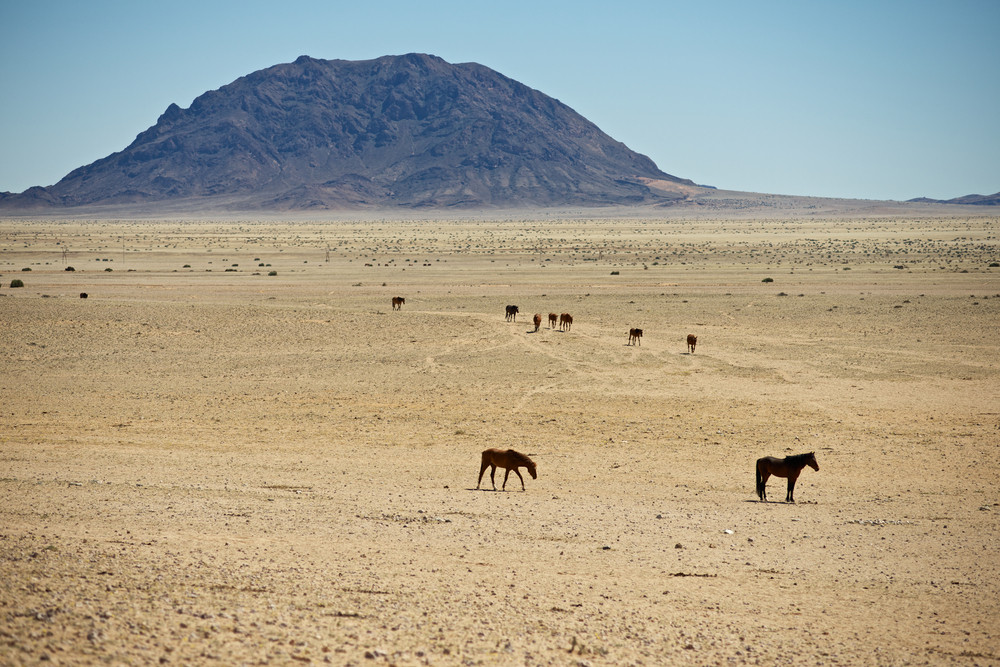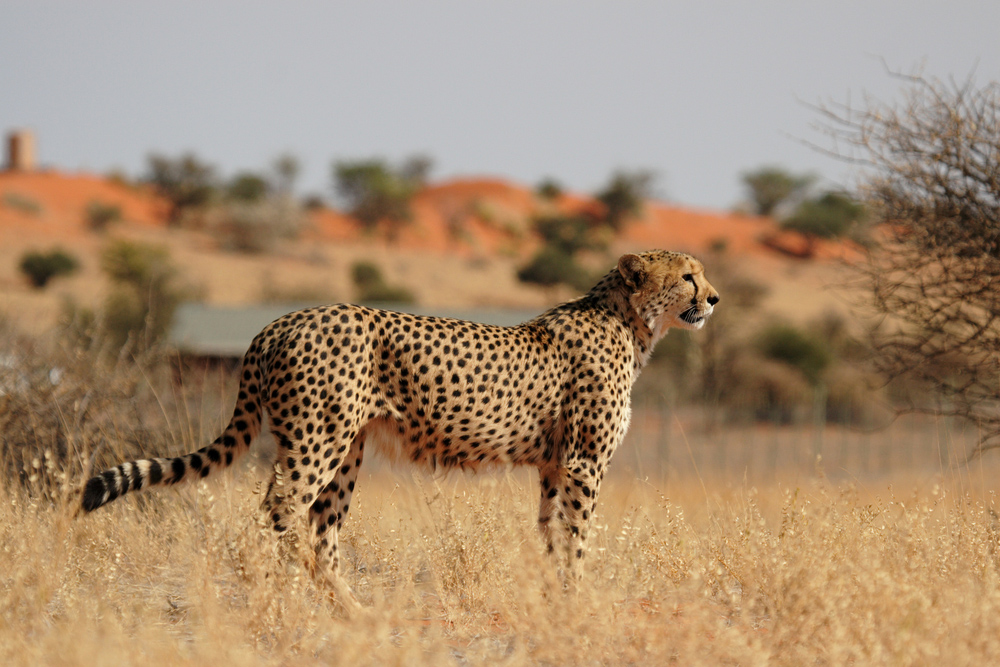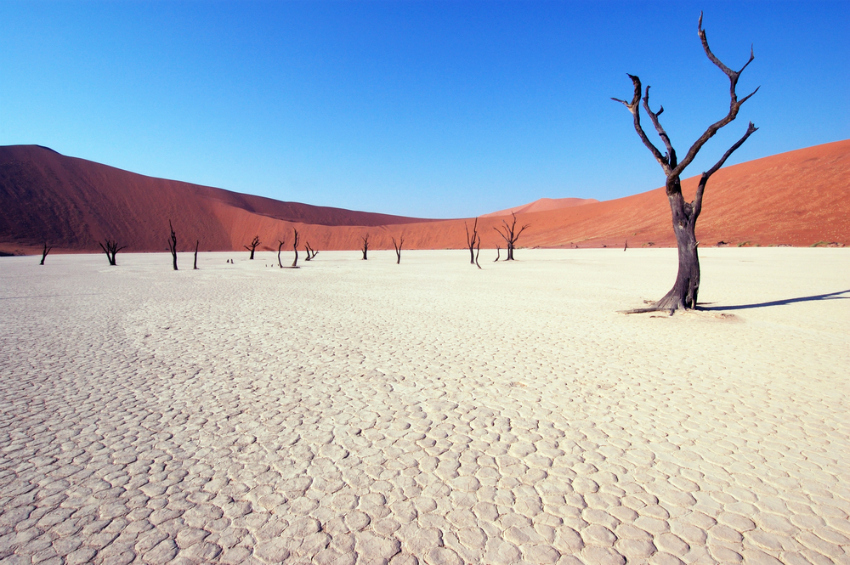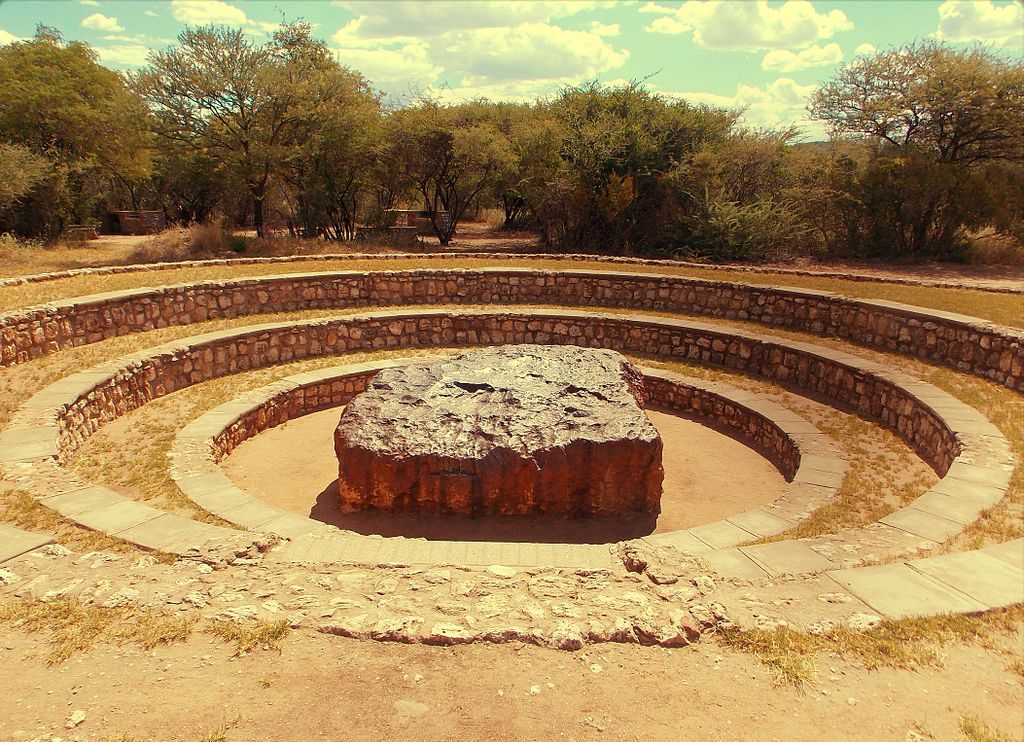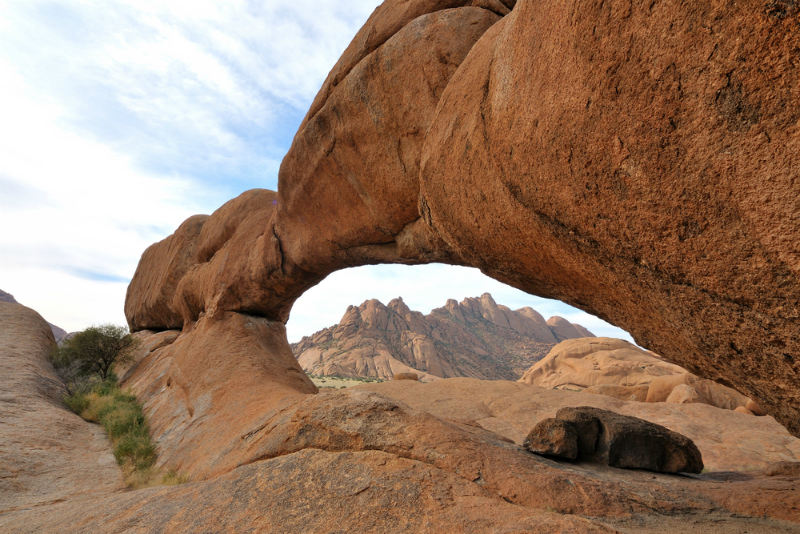Although Namibia only gained independence in 1990 and has a rather small population as far as African countries go, it’s got a long history and much to recommend it. From the San people, to the massive deserts, to ancient meteorites, there is plenty to discover in this isolated land. Here are 10 things you probably didn’t know about Namibia.
The sand dunes actually roar
You might have though this was just a special effect heard only in movies — but it’s a real-life phenomenon! Though not all dunes on Earth roar, they do in Namibia, where the dunes are so large that air trapped between the millions of grains of sand creates a rumble that can sound like an airplane passing overhead.
Over 20 films have been shot there
“Mad Max: Fury Road” is the most recent blockbuster to be filmed in Namibia, but plenty of other movies have used the country’s breathtaking landscape as a movie set. Some of the more famous ones include “The Cell,” “10,000 BC,” and “Red Scorpion.”
It has one of southern Africa’s oldest tribes
Some of the earliest inhabitants of southern Africa were the San people — nomadic hunter-gatherers who adapted to the severe terrain over the centuries. Today, San people still live in Namibia, and some still adhere to the traditional lifestyle that has remained unchanged for over 20,000 years.
There are wild horses
Namibia is one of the few places in the world that still has wild horses — but not many. The population of Namib Desert horses sits at just 90 to 150 individual animals, according to the latest estimates. These horses have to contend with predatory wildlife, such as the spotted hyena, which often goes after newborn foals.
It has the largest underground lake in the world
If you were to start digging a hole about 46 kilometers northwest of the town of Grootfontein, you would eventually reach the largest underground lake in the world. Known as Dragon’s Breath Cave, this lake can only be accessed from above using ropes and caving equipment.
It’s got more cheetahs than any other country
There are more cheetahs in Namibia than any other country in the world; it’s estimated that there are between 2,000-3,000. To put that in perspective, Kenya only has between 500-1,000.
There are 800-year-old dead trees
If you head to Namib-Naukluft Park, you’ll find dozens of dead camel thorn trees that are over 800 years old. The area they inhabit is a dry clay pan called Deadvlei, which is an English-Afrikaans hybrid word that means “dead marsh.” The air is so dry in this part of Namibia that the trees never properly decomposed when they died.
It has the largest known meteorite in the world
The ancient Hoba meteorite is thought to have landed on earth around 80,000 years ago and has a mass of more than 60 tons. The enormous object was discovered in 1920, when the owner of the land was plowing his fields with an ox.
It has the oldest desert in the world
The Namib Desert is the oldest in the world and some of the granite within it dates back an estimated 700 million years. There also hasn’t been surface water in the area for 55 million years!
It has incredible surfing
Although it’s beaches are pretty difficult to get to and the water has more sharks than you can shake a wetsuit at, surfers in the know have been heading to Namibia for years to catch some of the longest waves in the world. Most of the best surf spots are south of Swakopmund, around Luderitz and Walvis Bay.
Want to discover the finer side of Africa? Sign up for our weekly newsletter.


